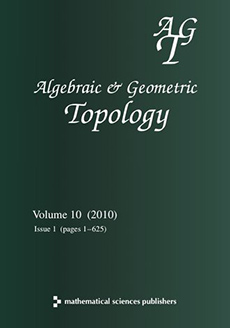Abstract
This paper highlights the importance of string link concordance in the understanding of knot concordance in general. The results of this paper show that there are infinitely many nontrivial knots in the groups of –solvable knots modulo –solvable knots, for greater than or equal to , which are not concordant to any knot that is obtained by two or more iterated infections of an Arf invariant zero knot by knots. This latter class accounts for nearly all previously known examples of knots in , greater than or equal to .
In this paper we will generalize the concept of when a rational Laurent polynomial is strongly coprime to another, first introduced by Cochran, Harvey and Leidy, to include multivariable polynomials. We also prove the existence of multivariable polynomials which are strongly coprime to all single variable Laurent polynomials. From this definition of coprimality we define the derived series localized at for a given sequence of multivariable polynomials . From such series we obtain refinements of the –solvable filtration. The operation of infection by a string link is then used to demonstrate that for particular , certain quotients of successive terms of these refined filtrations have infinite rank.
Citation
John R Burke. "Infection by string links and new structure in the knot concordance group." Algebr. Geom. Topol. 14 (3) 1577 - 1626, 2014. https://doi.org/10.2140/agt.2014.14.1577
Information





